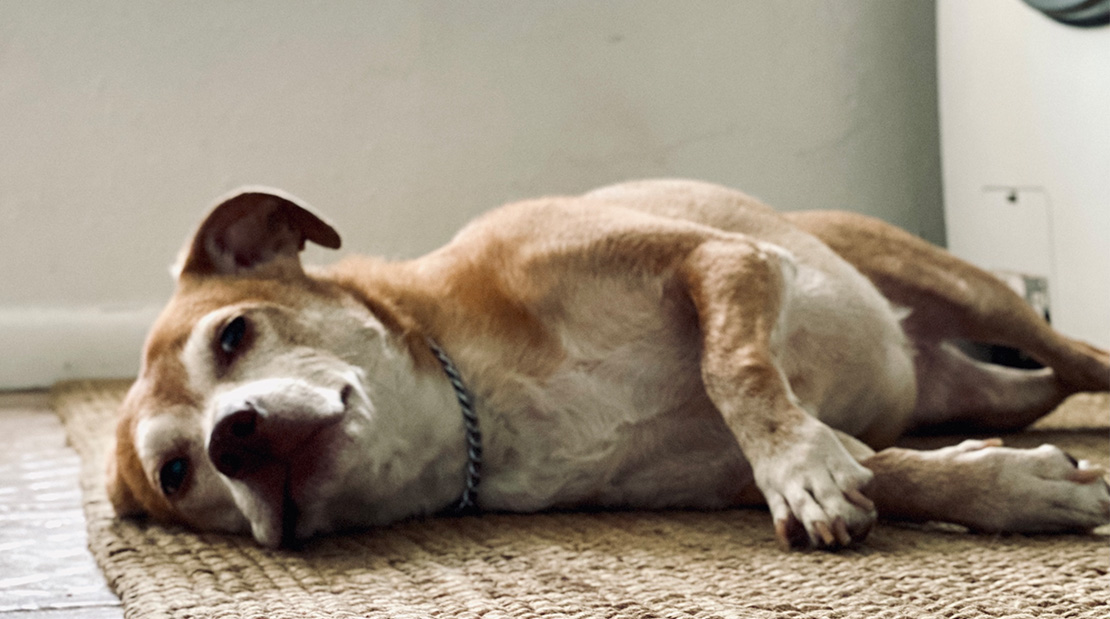
Minimizing Contact Allergies in Dogs
When dogs experience skin irritations, adverse reactions, and discomfort after encountering something, we call it a contact allergy. Recognizing the clinical signs, causes, and treatments of contact allergies can help you quickly respond to the needs of your pet and prevent further discomfort.
Understanding Contact Allergies in Dogs
When a dog comes into direct contact with allergens, their skin may react similarly to humans, and these allergies can vary from mild to severe, depending on the dog’s sensitivity.
Common Signs Include:
- Skin Redness: When allergens encounter the skin, the skin may turn red and become irritated.
- Itchiness: Intense itching, which can lead to constant scratching and discomfort.
- Hives: Look for raised, itchy welts on your dog’s skin.
- Sneezing: Pollen and dust may cause dogs to sneeze frequently.
Causes of Contact Allergies in Dogs
A common contact allergen for dogs is household detergents. While keeping our pet’s belongings clean is essential, certain detergents can contain harsh chemicals that irritate their sensitive skin. To minimize this risk, consider using hypoallergenic detergents like Dreft laundry soap. These gentler detergents are less likely to trigger allergic reactions.
Treating Allergies in Dogs
Treatment for contact allergies in dogs depends on the severity of the clinical signs. Antihistamines like Benadryl, Claritin, or Zyrtec may relieve your dog if they are experiencing minor sneezing, runny eyes, or mild redness of the skin. Steroids are often used in combination to aid in reducing hive formation, inflammation, and itching. In severe cases or instances of anaphylactic shock, your dog may require hospitalization and fluid therapy to flush the allergen out of their system. Always consult your vet for dosage guidelines before administering any medications to your dog.
Prevention
To prevent contact allergies in dogs, minimize exposure to allergens. After your dog has been outside, especially in areas with grass or potential allergens, thoroughly wipe their paws and belly with hypoallergenic wipes or a warm cloth. This simple practice can help reduce the time any outside allergen is exposed to your pet’s skin thereby decreasing the adverse reactions seen.
If your dog spends the majority of their time outdoors, consider identifying safe zones or designating specific yard areas for play and relaxation. Do your best to keep these zones allergen-free by removing anything that could cause your pup irritation.
Contact allergies in dogs can make your dog uncomfortable, but with proper awareness and care, you can help your pet get the relief it deserves. Recognizing the signs of contact allergies, using hypoallergenic detergents, and taking preventive measures can minimize your dog’s exposure to allergens. Always consult your veterinarian for guidance on managing and treating contact allergies.


